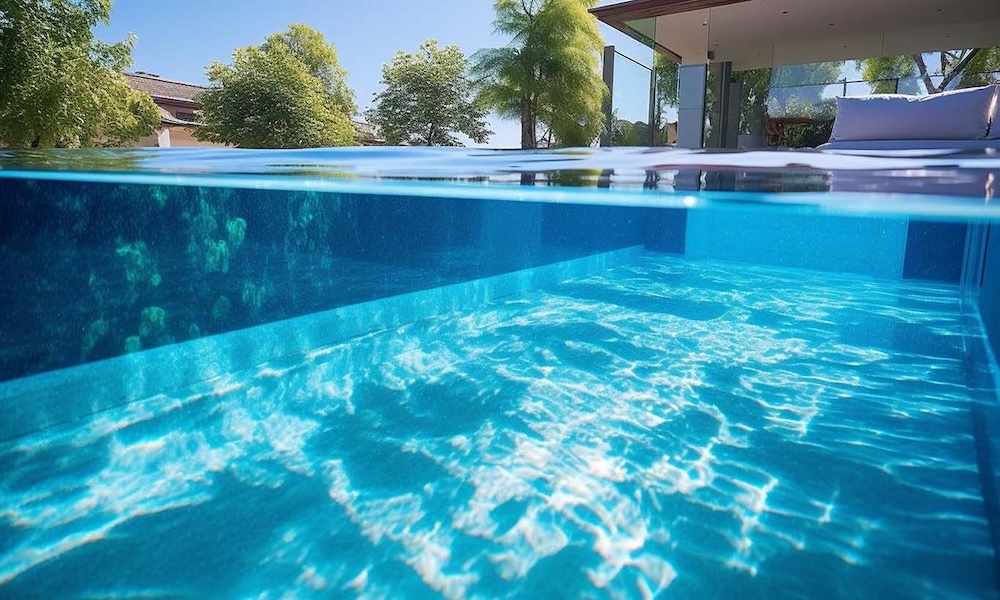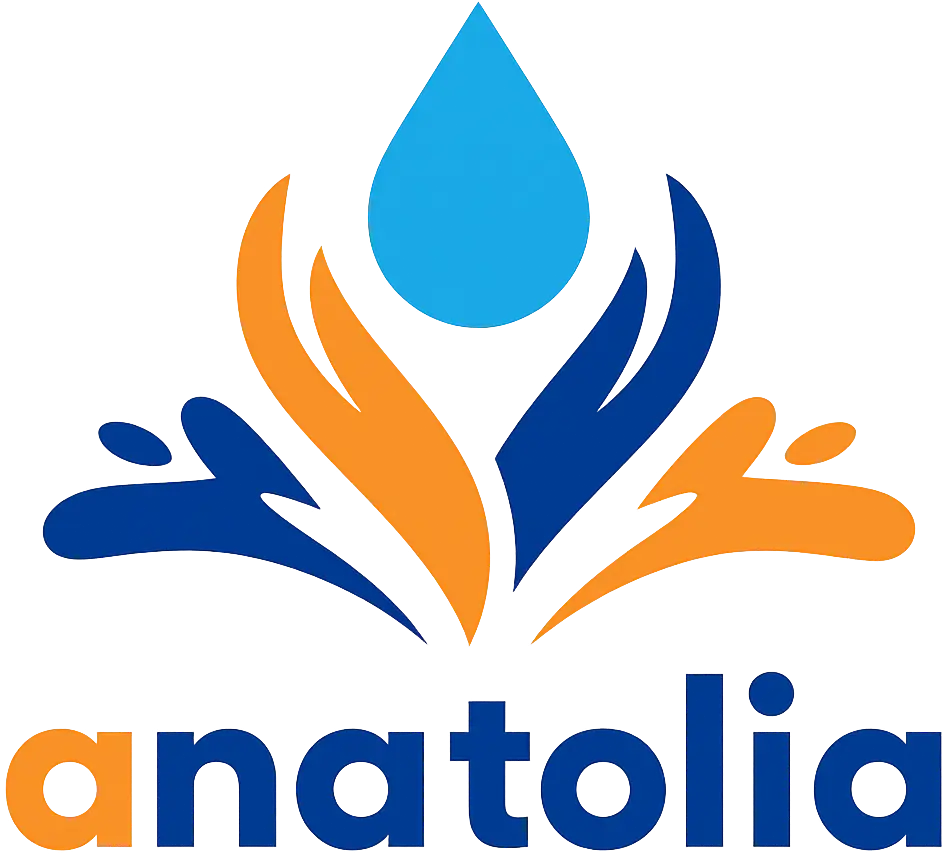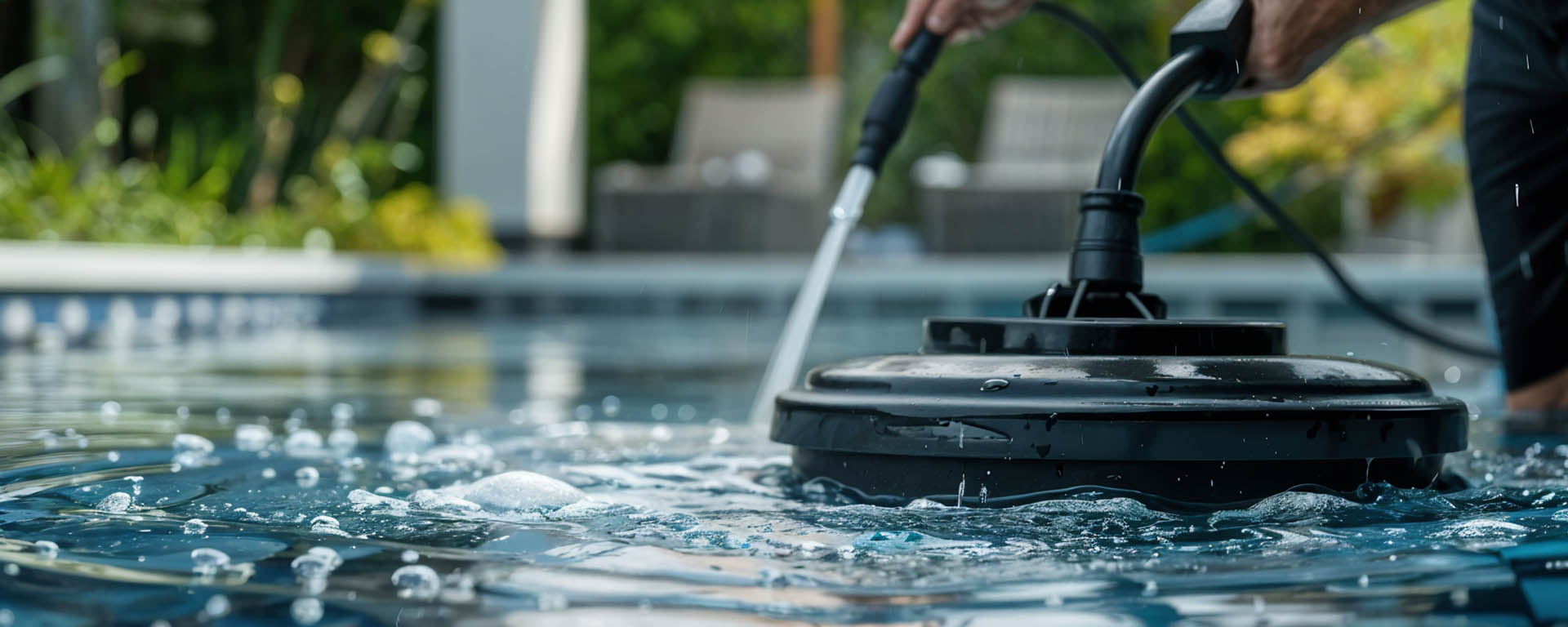
Antalya’s long summer is a gift—but in shoulder seasons, the right pool heating makes all the difference. This guide compares heat pump, solar collectors and heat exchanger solutions across investment, operating cost and maintenance. Goal: reach target temperature quickly, efficiently and safely—matched to your budget and usage profile.
Set Your Goals First
- Usage profile: Villa, residential site or hotel/aquapark?
- Water temperature: 26–28 °C (typical), 30–34 °C (spa/children)
- Season: April–June & Sept–Nov support, or year-round?
- Energy access: Electrical capacity, central boiler line, roof area
- Noise & placement: Neighbor sensitivity, indoor/outdoor plant room
Pool Heating Options — Quick Comparison
| System | Typical Advantage | Watch Out For | Best Fit |
|---|---|---|---|
| Heat pump (air-to-water) | High COP, fast install, precise control | Electrical capacity, outdoor unit noise/placement | Villas, sites, hotels (shoulder seasons) |
| Solar collectors | Lowest operating cost, sustainable | Roof area, weather dependence | Villas/sites with large roofs |
| Heat exchanger (with boiler) | Rapid transfer, integrates with existing line | Boiler capacity, hydraulic balance, fuel cost | Hotels/sites with central boilers |
Heat Pump: Efficiency, Sizing & Noise
In Antalya’s climate, a heat pump delivers strong COP in shoulder seasons. Inverter models offer better part-load efficiency and lower noise. Size by pool volume, target temperature and local wind/grid conditions. With the right heat exchanger, bypass and automation, operation stays stable.
- Pros: High efficiency, precise control, quick commissioning
- Cons: Outdoor unit location & noise, electrical capacity
- Ideal: Villas/sites, season extension
Solar: Low Opex, Right Area
Thanks to long sunshine hours, solar collectors cut operating costs through the season. Success depends on adequate collector area, hydraulic balancing and protective automation against freeze/overflow. A hybrid with a heat pump is a strong strategy in shoulder months.
- Pros: Lowest operating cost, sustainability
- Cons: Roof/terrace space, weather dependence
- Ideal: Large-roof villas/sites, hybrid systems
Heat Exchanger: Central Integration
With an existing boiler or central line, a plate heat exchanger transfers heat safely to the pool loop. Key points: hydraulic balance, sufficient boiler capacity and materials compatible with pool chemistry. In hotels, prioritise between DHW and pool via automation.
- Pros: Fast heating, reuse existing infrastructure
- Cons: Fuel-cost exposure, boiler loading
- Ideal: Hotels/sites with central boilers
Sizing Quick Guide
| Pool Volume | Heat Pump (approx.) | Solar Area (approx.) | Heat Exchanger (approx.) |
|---|---|---|---|
| 30–40 m³ | 9–12 kW | 12–18 m² | 20–30 kW |
| 40–60 m³ | 12–16 kW | 18–28 m² | 30–45 kW |
| 60–90 m³ | 16–24 kW | 28–40 m² | 45–70 kW |
Values are indicative for shoulder-season targets and local conditions; for accurate selection, request a site visit and professional sizing.
Automation, Cover & Hydraulics: Hidden Savings
- Automation: Smart timers, thermoregulation, ORP/pH integration
- Heat-loss control: Night cover, wind protection
- Hydraulics: Proper circulation, filtration and bypass tuning
- Maintenance: Condenser cleaning, refrigerant/flow sensors, calibration
The right automation & control stack cuts annual energy costs and keeps water chemistry stable.
Quick Scenarios: Which Pool Heating Fits You?
- Villa (40–60 m³): Inverter heat pump + night cover → flexible & quiet
- Residential site: Heat pump cluster + automation → scalable
- Hotel: Central line heat exchanger + peak-hour heat pump assist → continuity
- Large roof area: Solar + heat pump hybrid → lowest opex
FAQ
Will a heat pump work in winter?
Yes, but efficiency depends on ambient temperature. In Antalya it’s ideal for shoulder seasons; use a hybrid for winter.
Is solar alone enough?
Great in summer; in shoulder months a hybrid delivers more predictable results.
Does a heat exchanger need chemistry-safe materials?
Absolutely—choose compatible materials and proper hydraulic separation to avoid corrosion/leaks.


